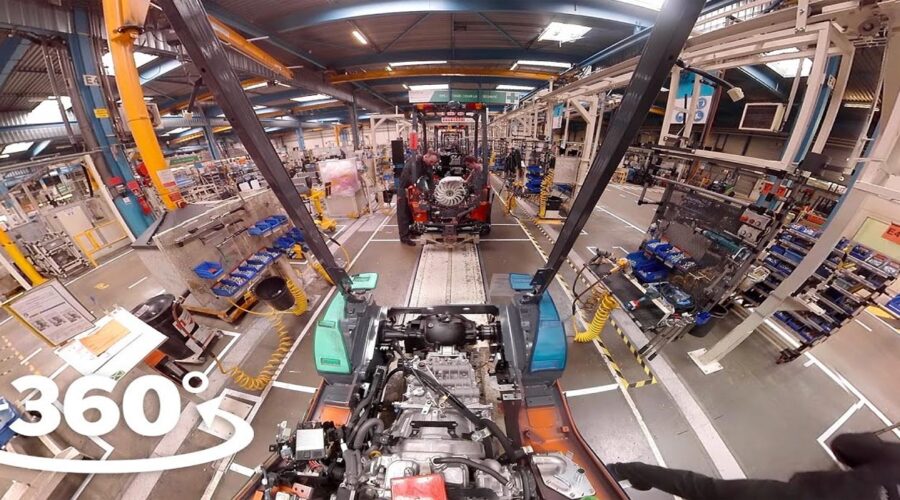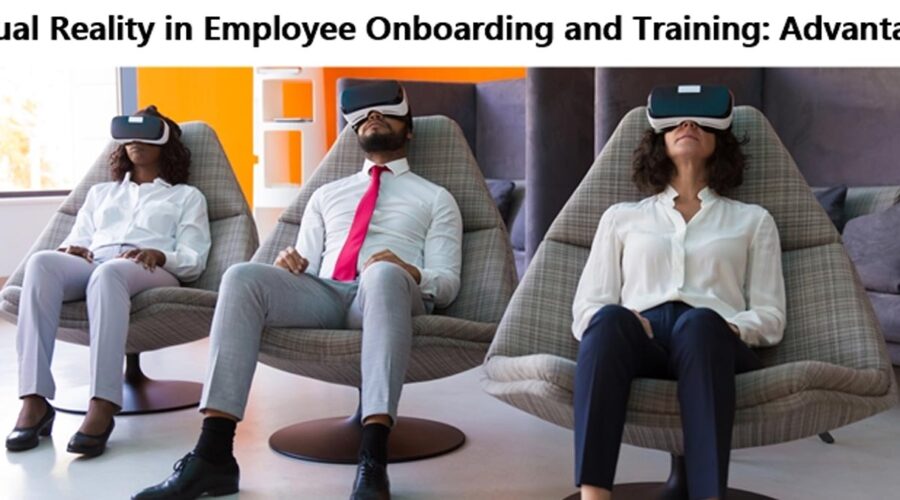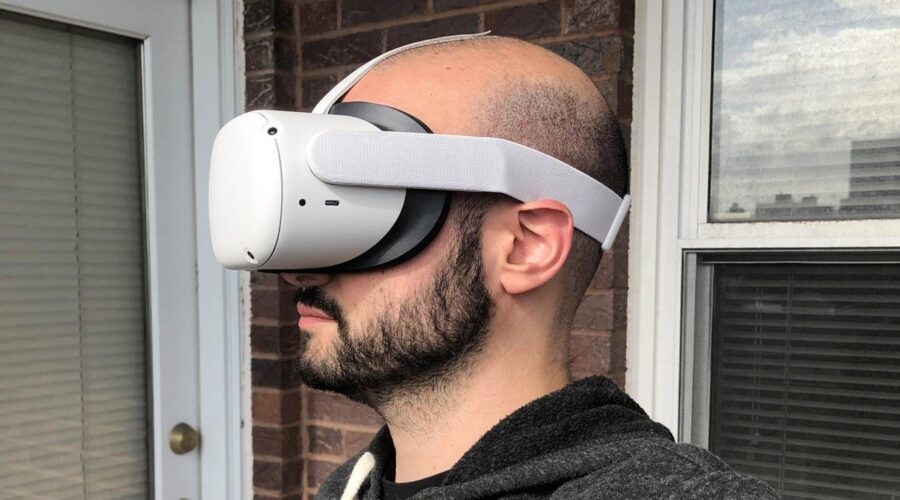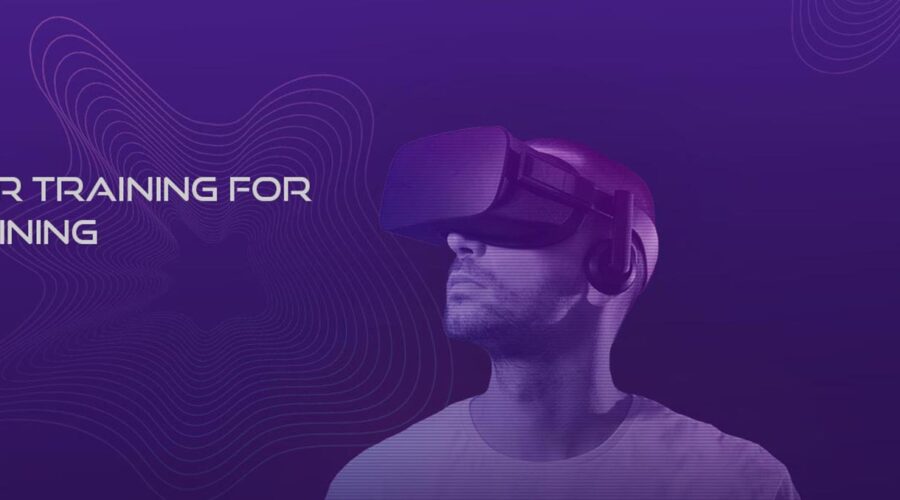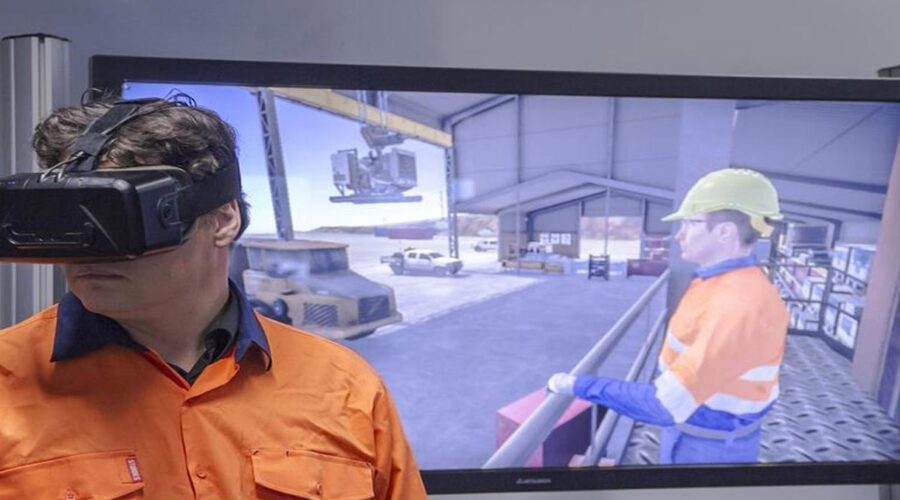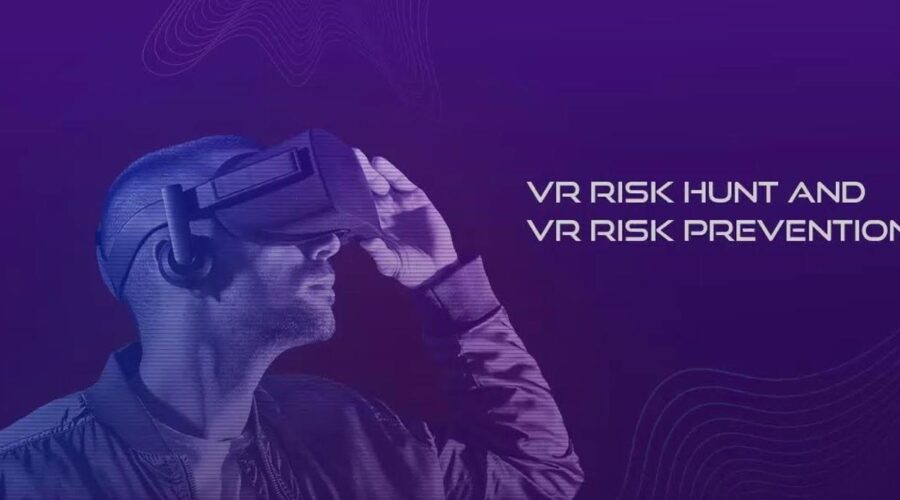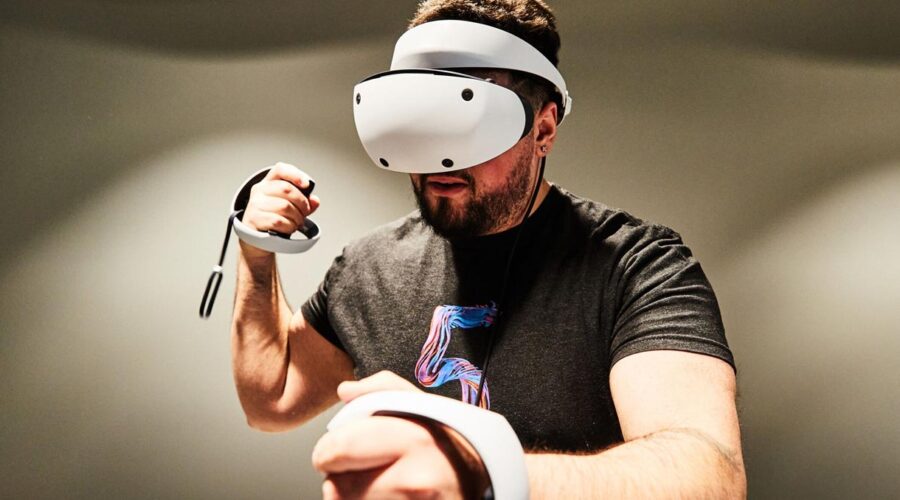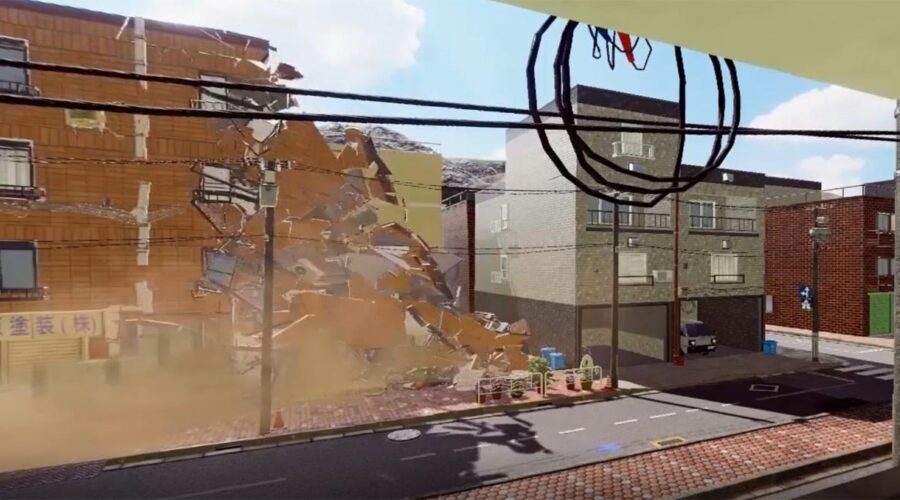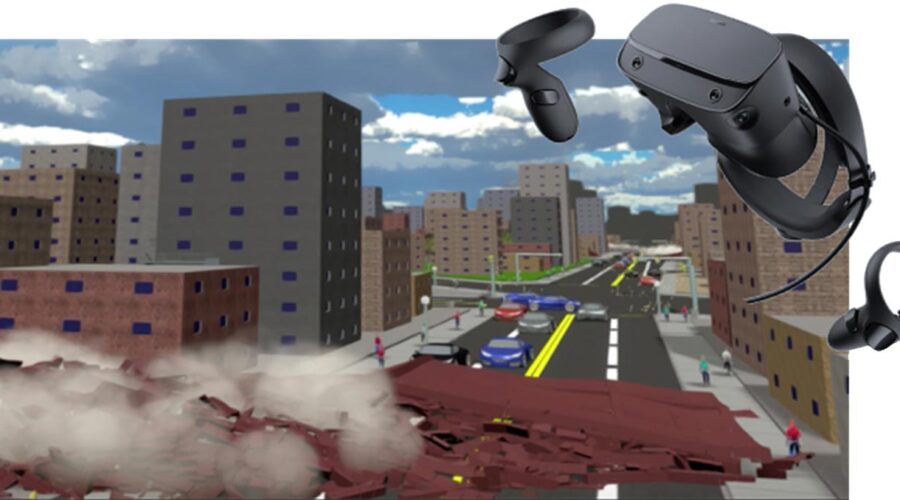Virtual Facility Tour
For companies, virtual tours can be a valuable tool in attracting new customers, investors, and employees. By providing a high-quality, immersive experience, a virtual tour can give viewers a better understanding of what a facility has to offer, helping to build trust and establish credibility.
